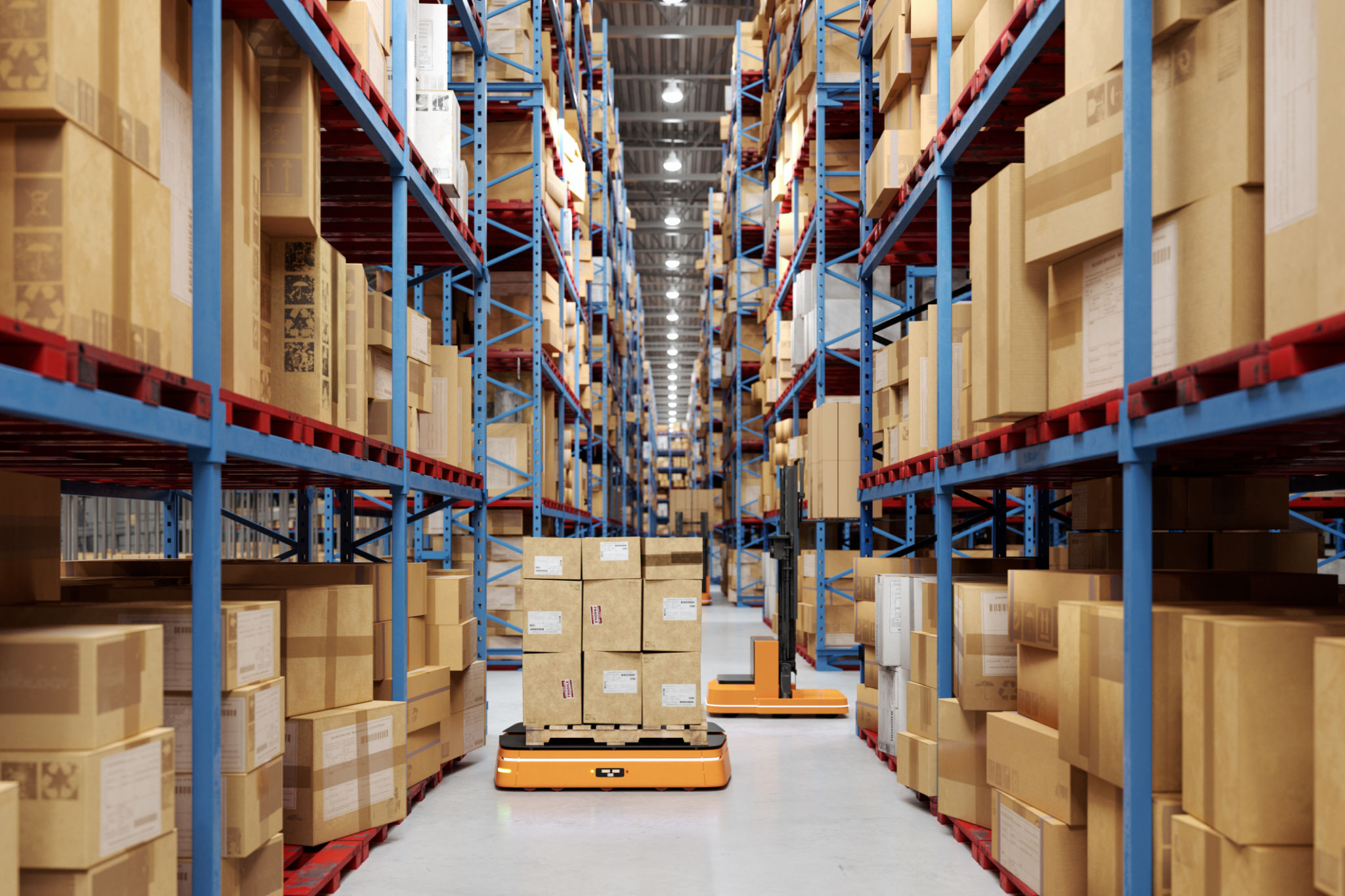Comparing Industrial Warehouse Construction Methods: Traditional vs. Modern
Understanding Industrial Warehouse Construction
When it comes to constructing industrial warehouses, choosing the right construction method is essential. The choice between traditional and modern construction methods can significantly impact the efficiency, cost, and sustainability of the project. Each method has its unique advantages and challenges, making it crucial to understand the differences and choose the best fit for specific needs.
Traditional methods have been the backbone of construction for decades, relying on tried-and-tested techniques. However, modern methods bring innovation and efficiency to the forefront, often using advanced technology to streamline the process.

Traditional Construction Methods
Traditional construction methods for warehouses typically involve the use of steel frames, concrete blocks, and brickwork. These materials are known for their durability and strength, making them ideal for long-lasting structures. The process often requires a substantial amount of labor and time, as each component is crafted and assembled on-site.
One advantage of traditional methods is their flexibility. Custom designs can be easily accommodated, and modifications can be made throughout the construction process. However, these projects can be more expensive due to higher labor costs and extended timelines.
Modern Construction Techniques
Modern construction methods often incorporate pre-fabrication, modular designs, and the latest technology to enhance efficiency. Pre-fabricated components are manufactured off-site and assembled on-site, significantly reducing construction time and labor costs.
Modular construction allows for adaptable designs that can be quickly adjusted to meet the changing needs of a business. Additionally, modern methods often focus on sustainability, using eco-friendly materials and energy-efficient designs to reduce the environmental impact.

Cost Considerations
Cost is a major factor in deciding between traditional and modern construction methods. Traditional methods may incur higher costs due to longer construction times and more labor-intensive processes. However, they may offer more customization and durability.
Modern methods, while potentially less expensive in terms of labor and time, might require investment in technology and specialized materials. It's essential to weigh the upfront costs against long-term savings when making a decision.
Time Efficiency
Time efficiency is another critical consideration. Modern construction methods generally offer faster completion times due to the use of pre-fabricated and modular components. This can be a significant advantage for businesses looking to quickly expand their operations or adapt to market changes.

Traditional methods, while slower, may provide more opportunities for on-the-fly adjustments and customization. The choice between speed and flexibility will depend on the specific needs and timeline of the project.
Sustainability and Environmental Impact
Sustainability is becoming an increasingly important factor in construction. Modern methods often prioritize eco-friendly materials and designs, reducing waste and energy consumption. This approach not only benefits the environment but can also result in long-term cost savings through energy efficiency.
Traditional methods, while durable, may not always align with sustainability goals unless specifically designed with eco-friendly materials and practices. It's important to consider the environmental impact and future-proofing potential of the construction method chosen.
Conclusion
Choosing between traditional and modern construction methods for industrial warehouses involves careful consideration of various factors, including cost, time, flexibility, and sustainability. Each method offers distinct benefits and challenges, and the best choice will depend on the specific needs and goals of the project.
By understanding the differences and evaluating the priorities of the business, stakeholders can make informed decisions that align with their operational and environmental objectives.
